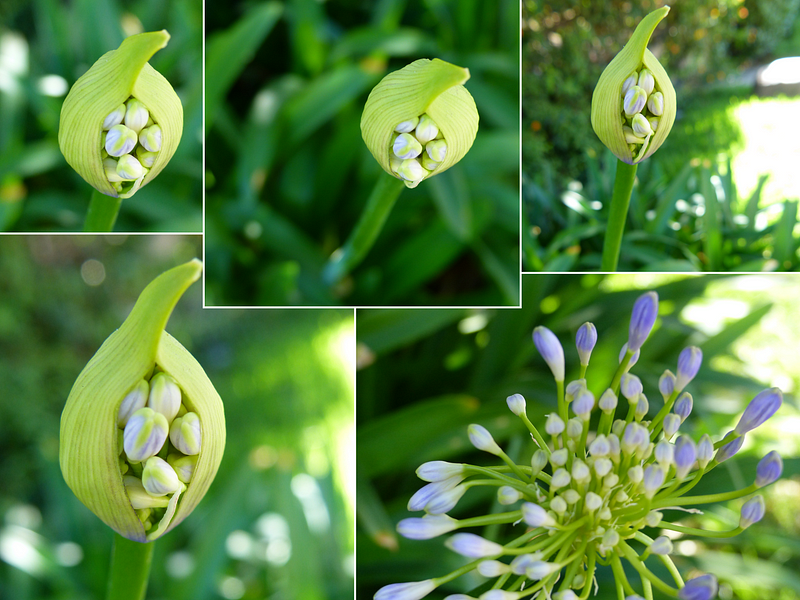The Impact of AI on Photography: A New Era Unfolds
Written on
The Dance of Art and Technology
The allure of social dancing captivates me (I'm a fan of salsa and bachata) due to its endless variety. Each dance is unique, shaped by the partners' skill levels, experiences, and energy. This endless creativity mirrors the current landscape of popular art forms, including painting, photography, literature, and music. However, as technology advances, our artistic preferences may also shift, making it challenging to explore the full spectrum of creativity.
While embracing technological progress is generally positive, one must acknowledge the past when photography was still a distant dream. In the 1800s, many dismissed photography as a valid art form. As summarized by fine arts writer Jordan G. Teicher in a 2016 article, critics argued that photography lacked the "something beyond mere mechanism" to be considered true art. Concerns also arose that photography would diminish traditional painting; after all, why paint a bowl of fruit when you can simply capture it on camera?

The Evolution of Artistic Expression
Yet, as photographic technology progressed, painters began to explore realms that photography could not capture. They showcased textures and colors that a camera could only hint at. "Look at the textures created by my brushstrokes!" they proclaimed, as they pushed artistic boundaries. Traditionalists may have resisted these innovations, but today, we recognize the value of art evolving with the times.

Reflections on the Interconnectedness of Art
While the rapid evolution in painting may not directly correlate with photography, the late fashion historian Amanda Hallay once reminded us that "Fashion isn’t an island, it’s a response." This sentiment applies to all commercial art forms; the surrounding world influences our self-perception and creative expressions. Even today, a market persists for traditional oil paintings of fruit, proving the enduring appeal of classic art.
The Future of Photography: Seven Possibilities
Looking ahead, I envision several potential shifts within the photography industry over the next decade:
- Less Equipment Hassle
As AI tools advance, we may no longer need to carry cumbersome gear. Rather than replacing photography, AI could transform our post-production processes, allowing us to merge multiple angles into a stunning shot with minimal effort. I’d welcome the assistance in selecting the best image from countless options, especially for challenging subjects like architecture.
- Revamping the Printing Process
Just as vinyl records offer a unique auditory experience, photography might benefit from a revolution in physical presentation. To stand out, prints may need to adopt textured formats, making them more compelling compared to their digital counterparts.
- Embracing Chaos
Currently, AI struggles with unpredictability, often producing average results. However, the beauty of street photography lies in its spontaneity. Capturing unexpected moments brings joy, and AI must learn to navigate the randomness of real-life scenes.
- The Human Element in Sensuality
AI may falter when interpreting complex themes like eroticism due to limitations in training data. The nuances of human sensuality are best expressed through a human lens, as AI’s interpretations may not resonate.
- Prioritizing Storytelling
Photography could become a more personal medium, akin to creative writing through visuals. Instead of capturing iconic landmarks, it’s essential to convey the photographer’s vision and emotions.
- Declining Demand for Commercial Photography
Fashion and product photography might see the most significant impact. Photographers will need to enhance their AI skills to effectively market products in a visually appealing manner.
- Shifts in Portrait Photography
Creating compelling portraits remains a challenge. With the rise of AI-generated images, traditional selfies may wane, leading to exciting explorations of identity beyond mere reflection.
AI: A Catalyst for Change
In summary, I believe AI will refine the photography landscape, creating a more exclusive community of skilled photographers. This evolution could lead to exciting opportunities for those willing to explore and innovate.
What does your vision for the future hold? How will your photographs differ in a decade compared to today's captures?